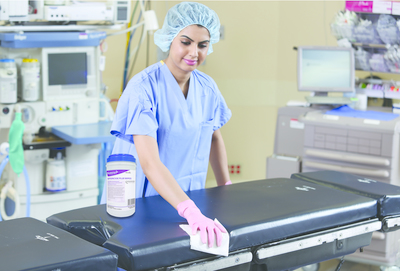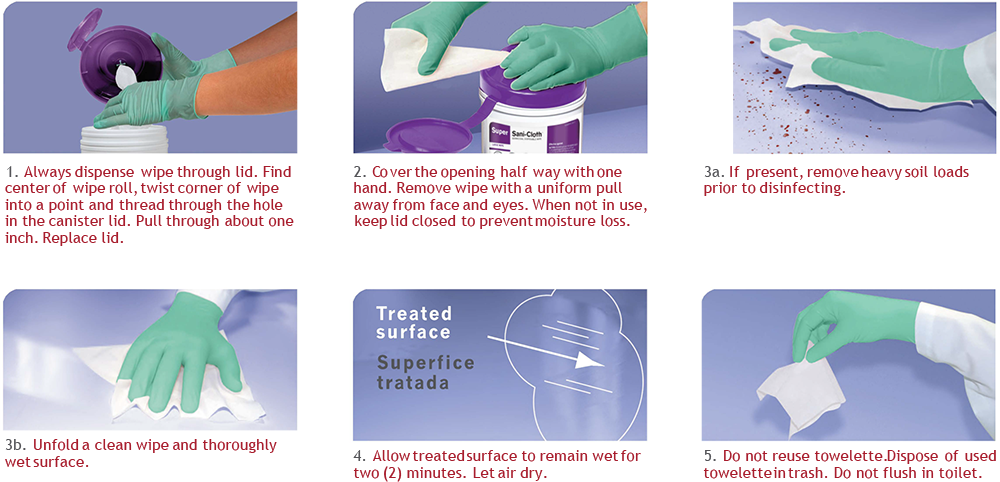
Hospital mattress covers provide protection for mattresses that are used on hospital beds in a number of settings. They are used in acute care, long-term care, or home care settings. Worn or damaged covers can let fluids inside the mattress, posing a risk of infection to patients who may come into contact with a contaminated mattress.
The FDA recommends following these tips to help keep covers in good condition, and to identify and handle covers that are worn or damaged:
Develop an Inspection Plan: Create an inspection plan for all hospital bed mattresses and mattress covers in your facility.
Inspect
- Regularly check each hospital bed mattress cover for any visible signs of damage or wear such as cuts, tears, cracks, pinholes, snags, or stains.
- Routinely remove the hospital bed mattress cover and check its inside surface. Once the mattress cover is removed, inspect the mattress for wet spots, staining, or signs of damage or wear. Check all sides and the bottom of the mattress.
- Be aware that it may be difficult to identify damaged or soiled mattresses without removing the mattress covers first. Mattress covers tend to be dark in color, making it hard to see what lies underneath.
- Stretcher Pad & Operating Room Pad covers are fitted directly over the pad, making it impossible to access the foam. Look for cuts, tears, cracks, pinholes, snags or stains. Discoloration is also a sign of wearing and can lead to permeability.
- Vinyl Stretcher Pad & Operating Room Pad covers tend to crack easier than 2-way or 4-way stretch covers.
Remove & Replace
- Remove any damaged, worn, or visibly stained hospital bed mattress according to the health care facility’s procedures and manufacturer’s instructions.
- Immediately replace any hospital bed mattress cover with visible signs of stains, damage or wear to reduce the risk of infection to patients.
Maintain: Clean and disinfect undamaged hospital bed mattress covers.
It is important to distinguish the differences between cleaning and disinfecting:
Cleaning removes germs, dirt, and impurities from surfaces or objects. Cleaning works by using soap (or detergent) and water to physically remove germs from surfaces. This process does not necessarily kill germs, but by removing them, it lowers their numbers and the risk of spreading infection.
Disinfecting kills germs on surfaces or objects. Disinfecting works by using chemicals to kill germs on surfaces or objects. This process does not necessarily clean dirty surfaces or remove germs, but by killing germs on a surface after cleaning, it can further lower the risk of spreading infection.
Some disinfecting products that we recommend are Oxivir, Sani-Wipes, and Virox. Follow these steps to ensure you’re properly disinfecting your pads!

It is also recommended that you wipe the pad with warm water after disinfecting to prevent from drying out and cracking.
